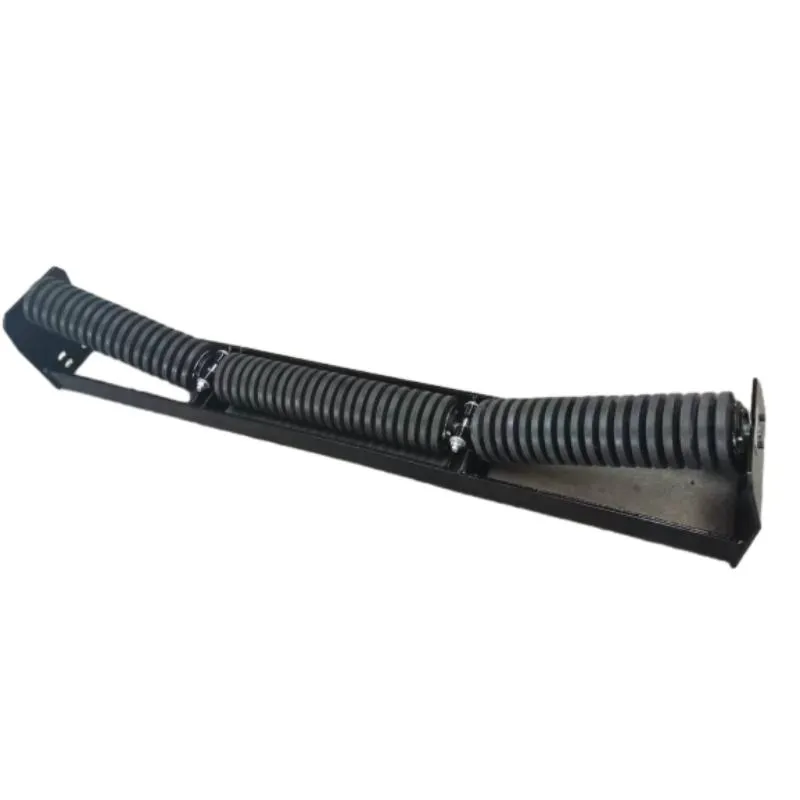 Afrikaans
Afrikaans  Albanian
Albanian  Amharic
Amharic  Arabic
Arabic  Armenian
Armenian  Azerbaijani
Azerbaijani  Basque
Basque  Belarusian
Belarusian  Bengali
Bengali  Bosnian
Bosnian  Bulgarian
Bulgarian  Catalan
Catalan  Cebuano
Cebuano  Corsican
Corsican  Croatian
Croatian  Czech
Czech  Danish
Danish  Dutch
Dutch  English
English  Esperanto
Esperanto  Estonian
Estonian  Finnish
Finnish  French
French  Frisian
Frisian  Galician
Galician  Georgian
Georgian  German
German  Greek
Greek  Gujarati
Gujarati  Haitian Creole
Haitian Creole  hausa
hausa  hawaiian
hawaiian  Hebrew
Hebrew  Hindi
Hindi  Miao
Miao  Hungarian
Hungarian  Icelandic
Icelandic  igbo
igbo  Indonesian
Indonesian  irish
irish  Italian
Italian  Japanese
Japanese  Javanese
Javanese  Kannada
Kannada  kazakh
kazakh  Khmer
Khmer  Rwandese
Rwandese  Korean
Korean  Kurdish
Kurdish  Kyrgyz
Kyrgyz  Lao
Lao  Latin
Latin  Latvian
Latvian  Lithuanian
Lithuanian  Luxembourgish
Luxembourgish  Macedonian
Macedonian  Malgashi
Malgashi  Malay
Malay  Malayalam
Malayalam  Maltese
Maltese  Maori
Maori  Marathi
Marathi  Mongolian
Mongolian  Myanmar
Myanmar  Nepali
Nepali  Norwegian
Norwegian  Norwegian
Norwegian  Occitan
Occitan  Pashto
Pashto  Persian
Persian  Polish
Polish  Portuguese
Portuguese  Punjabi
Punjabi  Romanian
Romanian  Russian
Russian  Samoan
Samoan  Scottish Gaelic
Scottish Gaelic  Serbian
Serbian  Sesotho
Sesotho  Shona
Shona  Sindhi
Sindhi  Sinhala
Sinhala  Slovak
Slovak  Slovenian
Slovenian  Somali
Somali  Spanish
Spanish  Sundanese
Sundanese  Swahili
Swahili  Swedish
Swedish  Tagalog
Tagalog  Tajik
Tajik  Tamil
Tamil  Tatar
Tatar  Telugu
Telugu  Thai
Thai  Turkish
Turkish  Turkmen
Turkmen  Ukrainian
Ukrainian  Urdu
Urdu  Uighur
Uighur  Uzbek
Uzbek  Vietnamese
Vietnamese  Welsh
Welsh  Bantu
Bantu  Yiddish
Yiddish  Yoruba
Yoruba  Zulu
Zulu conveyor belt pulley types
Understanding Conveyor Belt Pulley Types
Conveyor belts are essential components in various industries, facilitating the efficient movement of goods and materials. At the core of any conveyor system are pulleys, which play a crucial role in the operation and functionality of the conveyor belt. In this article, we will explore the different types of conveyor belt pulleys, their applications, and the considerations for selecting the appropriate type for specific needs.
What is a Conveyor Belt Pulley?
A conveyor belt pulley is a cylindrical device that helps change the direction of the belt and supports its movement. It acts as a drive mechanism, providing the necessary tension for the belt, while also serving as a support for carrying material loads. Depending on their design and functionality, pulleys can be classified into various types, each suited for different applications.
Types of Conveyor Belt Pulleys
1. Drive Pulleys These are used to propel the conveyor belt. Positioned at the head of the conveyor system, drive pulleys are responsible for transferring power to the belt from the motor. Choosing the right drive pulley is critical for optimal performance, ensuring the correct diameter and surface material to match the belt specifications.
2. Idler Pulleys Idler pulleys do not drive the belt but are crucial in supporting it. They help maintain the belt's tension and alignment throughout the conveyor system. Idler pulleys can come in various configurations, including flat, crowned, and rubberized surfaces, which help to prevent wear and tear on the belt while ensuring smooth movement.
3. Take-Up Pulleys These pulleys are essential for maintaining tension in the conveyor belt. They are usually found at the tail end of the conveyor system and allow for adjustments to be made as the belt wears down over time. Properly adjusted take-up pulleys prevent slippage and prolong the life of the conveyor system.
4. Return Pulleys Positioned beneath the conveyor belt, return pulleys guide the belt back to the starting point after it has completed its material transport cycle. They help maintain the belt's tension and keep the system running smoothly. Return pulleys are typically subjected to different stresses than drive pulleys, requiring specific materials and designs for durability.
5. Tail Pulleys Located at the end of the conveyor line, tail pulleys support the return section of the belt. They play a crucial role in the overall structure of the conveyor system, providing the necessary support to ensure effective belt alignment and tension.
conveyor belt pulley types

6. Snub Pulleys These are smaller pulleys that help change the belt’s direction slightly and increase the wrap angle around the drive pulley. They enhance the grip between the belt and drive pulley, improving the overall efficiency of the conveyor system.
7. Wing Pulleys Designed for heavy-duty applications, wing pulleys feature a wing-shaped design that helps reduce material buildup. This is especially beneficial in environments where dust and debris are prevalent, as it minimizes blockages and increases the lifespan of the conveyor belt.
Choosing the Right Conveyor Belt Pulley
When selecting a conveyor belt pulley, several factors must be considered
- Material Pulleys can be constructed from various materials, including steel, aluminum, and composite materials. Selecting the correct material is vital for durability, especially in environments that are corrosive or have extreme temperatures.
- Diameter and Size The size of the pulley affects the belt’s speed and load capacity. Larger pulleys can provide a smoother ride for the belt, while smaller ones can accelerate the belt faster.
- Tensioning Mechanism The way a pulley maintains tension is paramount to the conveyor's performance. Consideration must be given to the operation of the tensioning system, whether it's manual, automatic, or gravity-assisted.
- Application Type Different industries have specific requirements. For example, food and beverage manufacturing might need hygienic designs, while mining industries would require more robust and durable pulleys to withstand harsh conditions.
In conclusion, understanding the different types of conveyor belt pulleys is crucial for anyone involved in material handling and logistics. Each pulley type serves a distinct purpose, and selecting the correct type is vital for ensuring the efficiency and longevity of the conveyor system. By considering factors such as material, size, and application, businesses can optimize their conveyor operations and enhance their overall productivity.
-
Taper Centering Idler Set for Conveyor SystemsNewsJun.25,2025
-
Small Idler Rollers for Industrial ConveyorsNewsJun.25,2025
-
Guide Training Idler Set for Conveyor MaintenanceNewsJun.25,2025
-
Friction Offset Idler Set for Industrial UseNewsJun.25,2025
-
Double-Center-Roller Idler AlignmentNewsJun.25,2025
-
Channel Inset Impact Troughing Idler Set for Heavy LoadsNewsJun.25,2025





























